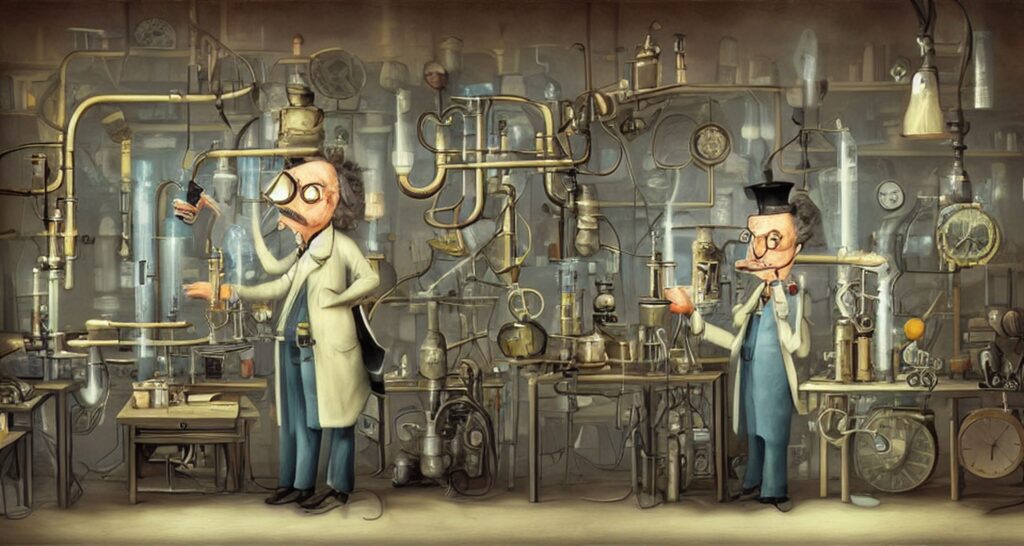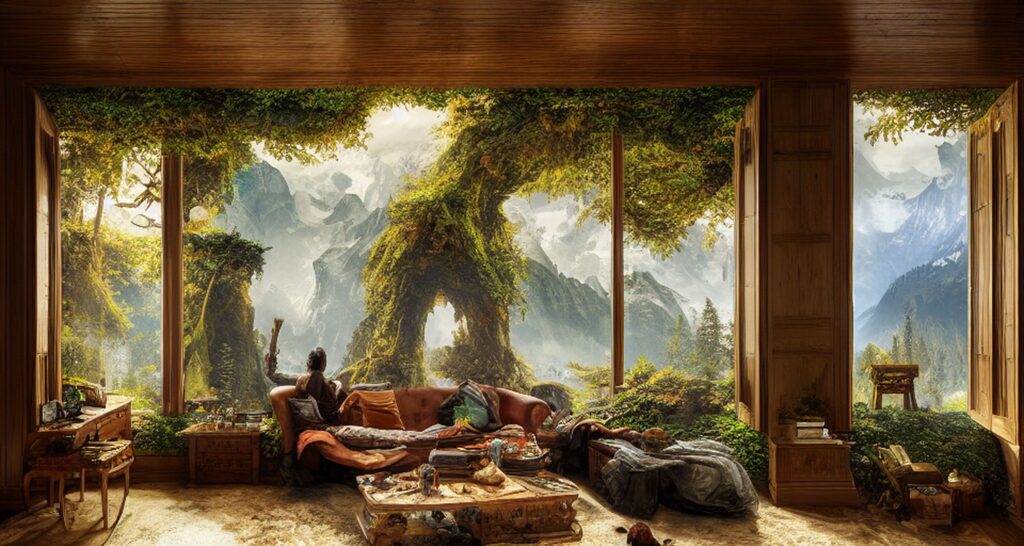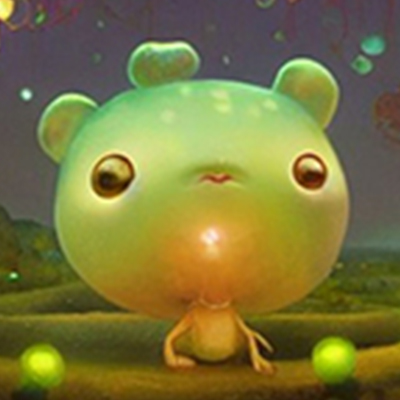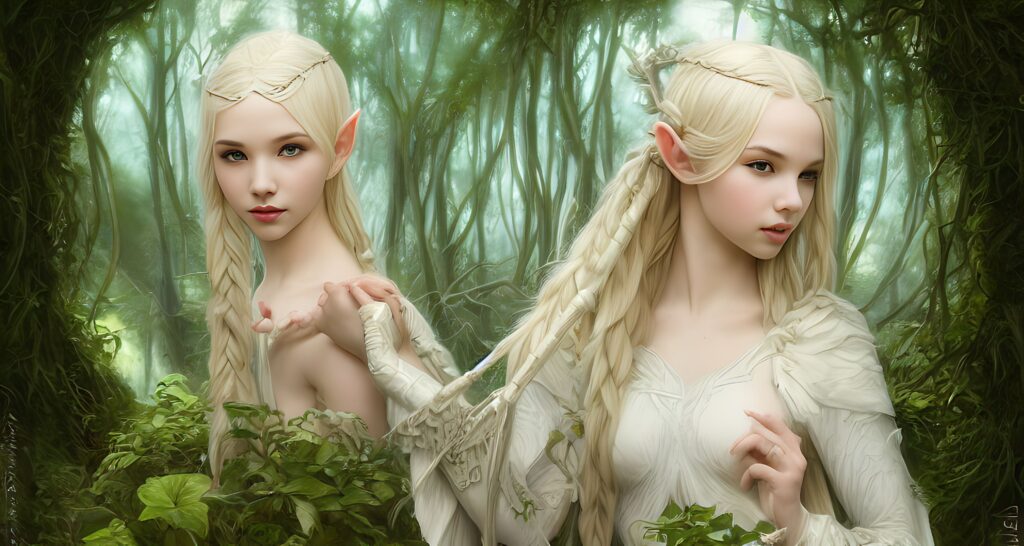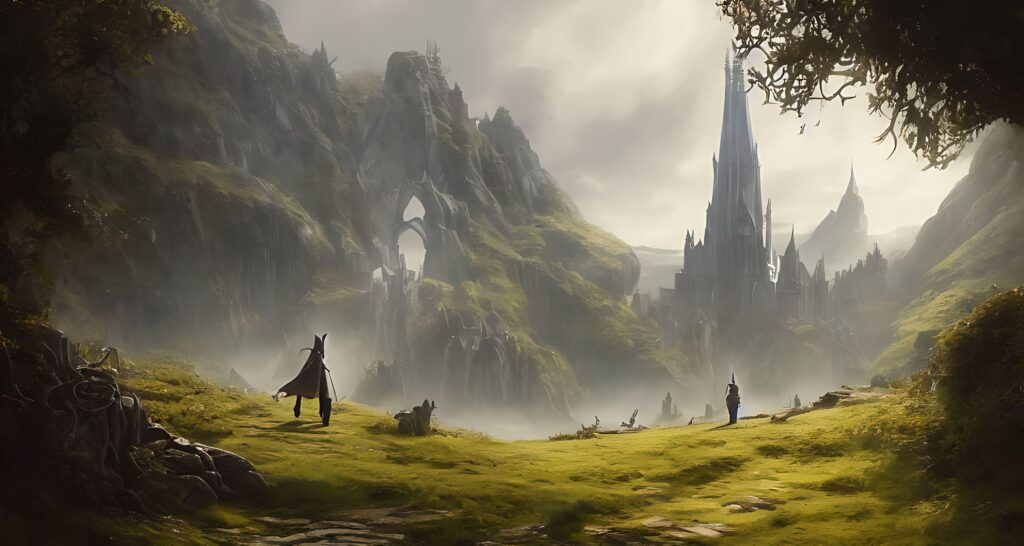
As a fantasy writer, worldbuilding is one of my favorite parts of writing. I love creating new cultures and histories for my characters to inhabit. For example, it is fascinating to think about how our world would change if magic were real. What would the various religions be like? How would politics function? What kind of creatures would roam the land?
Living in the modern world, we often take for granted the incredible amount of work that goes into creating a believable fantasy world. In this article, we will discuss the elements necessary to build the world of a fantasy novel. Please enjoy.
This article was generated by giving keywords to artificial intelligence as a resource for creative writing. Please read it as a fiction. The illustrations are also created by artificial intelligence.
1. Types of fantasy worlds
In a fantasy world, there is no shortage of settings in which the writer can use his or her imagination. There are also many settings inspired by the world we live in, such as fictional continents, races, and creatures. The types of worlds most popular in fantasy literature include high fantasy realms inhabited by mythical creatures and beings; secondary worlds containing their own physical laws and magic; apocalyptic wastelands inhabited by the remnants of societies trying to rebuild; imaginary cities that are centers of progress and modernization; magical countries, modified versions of our world or parallel universes, and so on. Whatever setting you choose, you can create an engaging story that takes the reader into an exciting new world filled with mystery, action, and adventure. Aspiring writers can also take inspiration from existing works to create their own stories. Any fantasy world will have a lot of charm and potential packed into it. Therefore, writers who excel in this genre are able to create vivid imagery in their work. They can take the reader back in time or bring out the power of the gods beyond human knowledge. …… This vast realm is filled with fascinating stories with countless possibilities far beyond our own world.
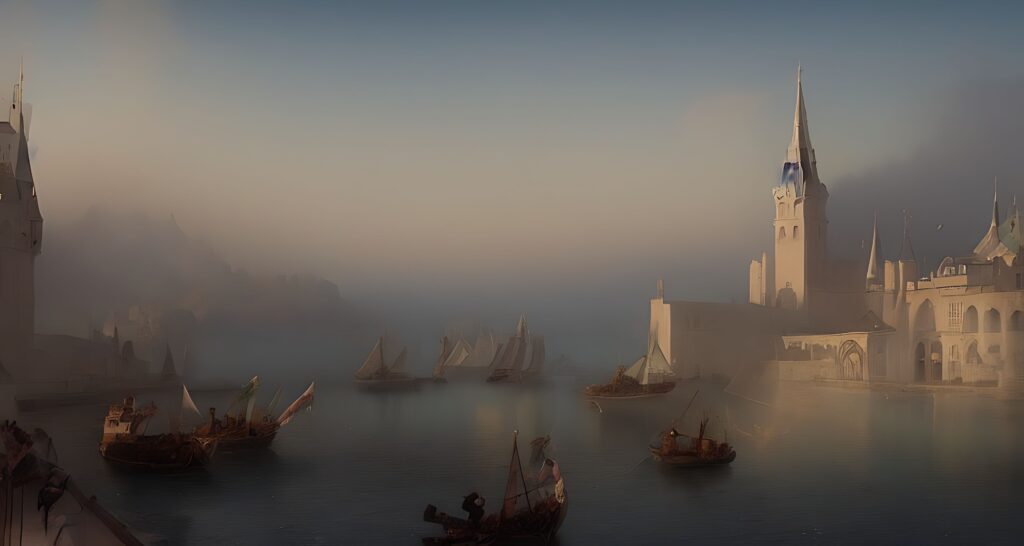
2. The various races and cultures that inhabit that world.
Creating a fantasy world with a variety of races and cultures is an exciting task for a writer. The world has a variety of customs and traditions that can be incorporated to give the story a unique and interesting feel. Characters from different races and cultures can have different attributes and specific abilities and limitations from one another. Characters from different backgrounds can form alliances or be torn apart by conflicting interests, helping to create believable situations. In addition, encountering characters who see the world differently than they do gives the audience an opportunity to consider alternative viewpoints. Thus, the presence of various races and cultures in a fantasy world is important to provide readers with new perspectives and to create a genuine sense of immersion.
3. The history of that world and how it came to be what it is today
Fantasy has a long history, beginning with ancient literature and folklore centuries ago. Early fantasy was based on the appearance of strange creatures, gods, and natural phenomena that defied logic in order to explain the origins of the world. Over time, these stories have appeared in literary works from around the world. For example, in the Middle Ages, tales of knights slaying dragons captivated nobles and peasants. More recently, fantasy has come to include a variety of genres, including horror, science fiction, romance, and historical fiction. Today’s fantasy novels stand out for their imaginative richness. Writers are pushing the envelope by seamlessly blending technology and traditional subject matter to create stories filled with staggering visuals and character-driven, dreamlike adventures that resemble virtual reality. Despite the many variations in time and culture, fantasy remains a vital link between people of all backgrounds, weaving tales of heroism and love in a magical setting.
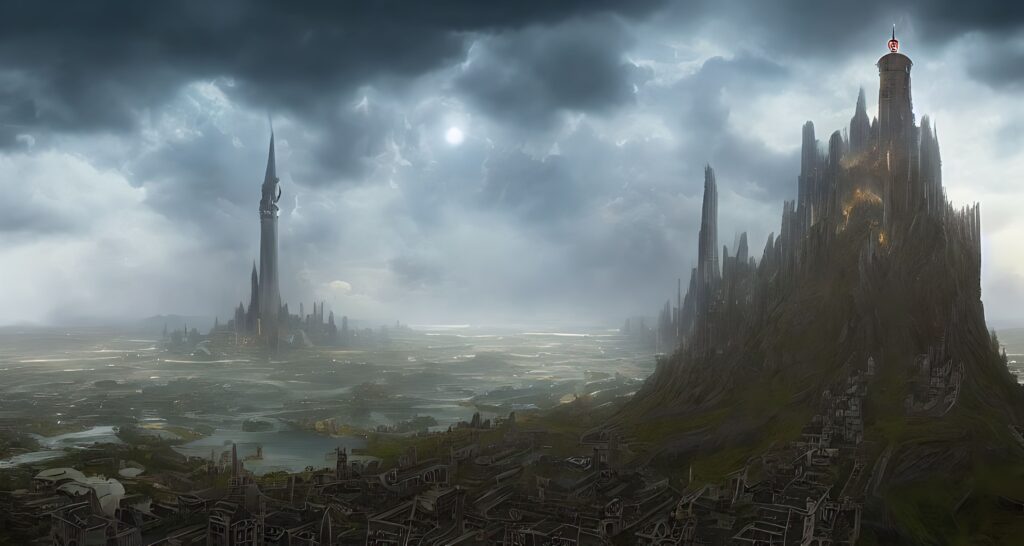
4. Mysterious creatures and their powers in the world
Since time immemorial, the possibility of mythical creatures has captured the imagination of mankind. Unicorns, gargoyles, dragons, elves, and other creatures of myth and folklore have always been present. These creatures have mysterious powers, such as the ability to dream and transform into other forms. For example, a dragon may have the power to breathe fire or to become invisible. Even within a single species, there are many variations of power; for example, a dragon can have the power to breathe fire and become invisible, making it very difficult to understand the individuality of each. Another necessary part of studying these fantastical creatures is to examine how they have been portrayed in classical literature and how they differ from culture to culture and region to region. But believe it or not, imaginary creatures are uniquely fascinating because of their awe-inspiring abilities and their eternal mystery outside of this world. What awaits those who seek to unlock the secrets of these fascinating beings is the fall of the human imagination into uncharted territory. Whether they exist in the real world or only in our minds, the power of these legendary creatures will continue to fascinate us forever.
5. Religions and systems that people follow in the world
Fantasy worlds often contain a wide variety of religious systems, from the familiar to the unknown. These religions may reflect the religions practiced in our world or be inspired by a particular religion. For example, the dwarves of Middle-earth practice beliefs similar to those of the Norse religions, and the characters in A Song of Ice and Fire, for example, the Seven Gods, are based on pre-Christian pagan traditions. It should also be remembered that classic fantasy races such as hobbits and fairies also have a variety of beliefs, just as the story unfolds. In addition, there are characters who reject organized religion altogether and choose different paths to travel, such as philosophy or magic. Whatever religion is chosen for a particular character or story line, its presence often emphasizes the underlying spiritual elements that move things forward. From polytheistic pantheons to agnostic nihilism, each view reflects a larger dialogue about faith and can provide insight into universal wisdom, themes, and myths. All of these combine to create a richly complex and deep fantasy world. This serves to both excite readers who are looking for something new and to challenge them by presenting thought-provoking ideas that provoke further discussion. The religions and institutions that people believe in in fantasy worlds offer a myriad of possibilities, not only in the story, but also in our lives outside the story.
6. How these elements combine to create a unique and interesting fantasy world for the reader
Creating a fantasy world that captivates readers requires the combination of multiple elements, including setting, history, and characterization. A vivid setting is necessary to capture the reader’s imagination and immerse them in a new reality. This requires detailed descriptions of the environment, along with realistic descriptions of the weather and culture. History also plays an important role in creating an interesting setting. This is because knowledge of the background of the story, including historical events, social conventions, and political movements, provides the context for the characters’ motivations and helps the reader to construct his or her own theories as he or she reads. It is also important to know how the characters develop. Thus, each of these elements of fantasy world-building is slightly different, but when combined effectively, they can create a special work of art that will captivate readers for years to come.

Conclusion
This world is a fascinating and complex place where many different races and cultures have come together to form their own societies. The creatures that inhabit this world are also fascinating, and religion provides a rich background for the people of this world. Readers who enjoy fantasy fiction are encouraged to read more about this world. Thank you for taking the time to explore this wonderful world.


